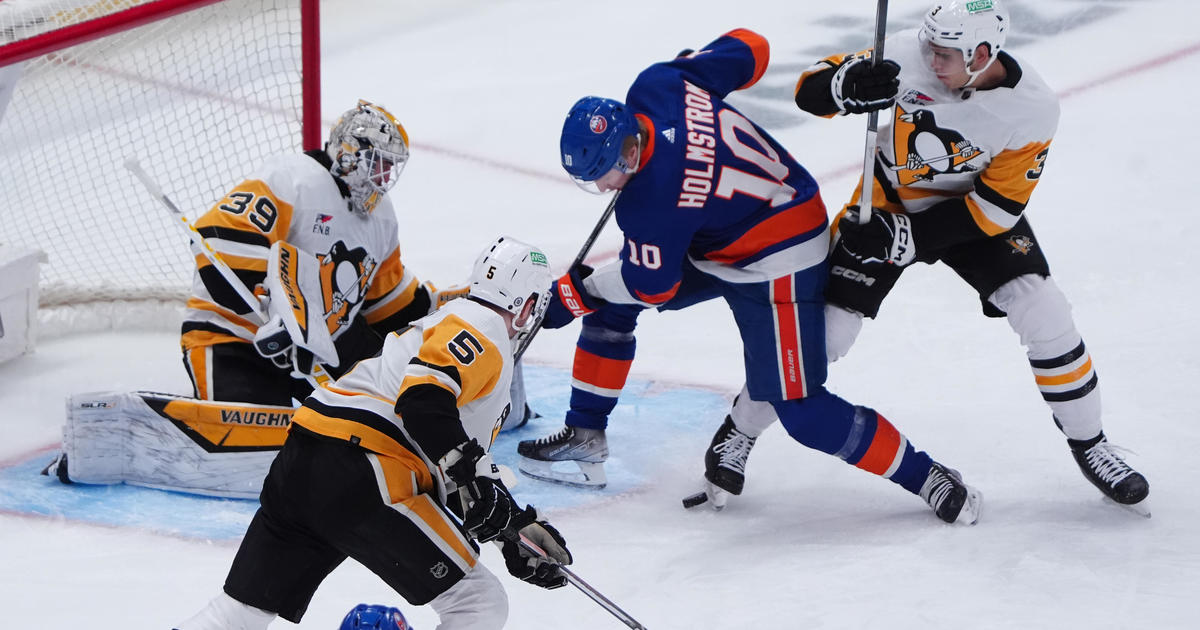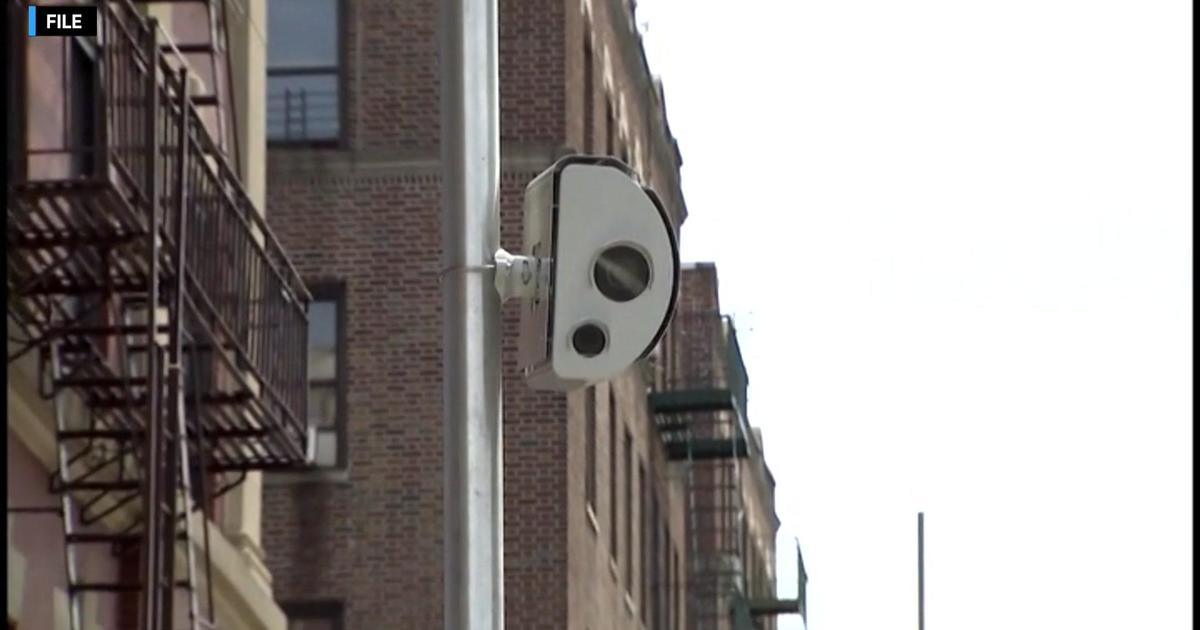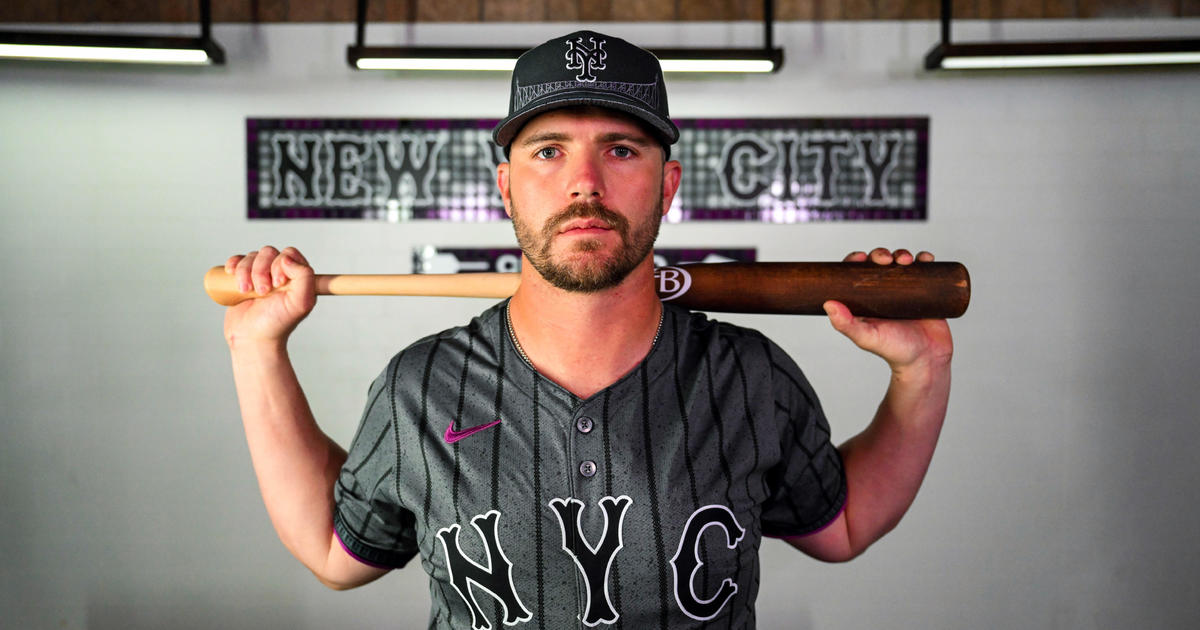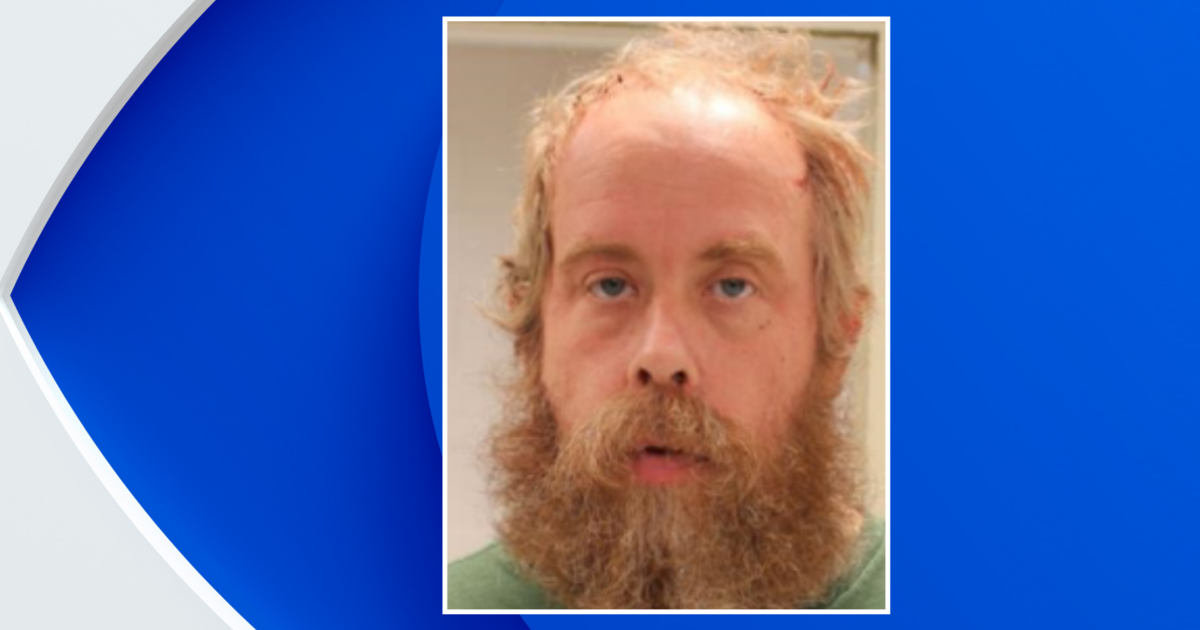Who Will Go Where? 5 Things To Know About The MLB Draft
SECAUCUS, N.J. (CBSNewYork/AP) — The Houston Astros are on the clock to lead off the Major League Baseball draft for the third straight year.
While it lacks the endless hype and agonizing debates over who should go No. 1 that mark the weeks leading up to the NFL and NBA drafts, baseball's version has grown both as a production and in relevance the last few years.
Sure, most of the names Commissioner Bud Selig calls on Thursday night will be familiar to only die-hard draftniks, ardent college and high school fans — and the players' families and friends. But some of the game's biggest stars were in this very spot just a few years ago.
Tampa Bay's David Price (2007), Washington's Stephen Strasburg (2009) and Bryce Harper (2010), and Pittsburgh's Gerrit Cole (2011) were all recent No. 1 overall selections. Los Angeles Angels outfielder Mike Trout, perhaps the game's most complete hitter, was a New Jersey high school star who went 25th in 2009 — and was the only player in attendance at the draft's site at the MLB Network Studio.
For years, the draft was done solely via conference calls with each team, and only the first round was available live to the media. After two years of a live television "event" in Orlando, Florida, Major League Baseball moved it to Secaucus in 2009. Last year, a draft-record nine prospects attended, sitting in makeshift dugouts in the studio while waiting to hear Selig announce their names.
Not sure what to watch for? Don't sweat it. Here are five things to know about the draft:
WHO'S UP FIRST? The Astros are No. 1 for the fifth time overall, and are the first team to pick in the top spot three consecutive times.
The draft order is determined by the reverse order of finish in baseball's overall standings from last season — and Houston has had the dubious distinction of having the worst record three years running. Baseball used to alternate No. 1 selections between leagues each year, so a team couldn't have the top pick in back-to-back years. They changed those rules starting in 2005, and teams are not allowed to trade picks.
The first two rounds and two competitive balance rounds are completed Thursday night. Rounds 3-10 will be held via conference call with team representatives Friday, and rounds 11-40 on Saturday.
WHO'S NO. 1? Houston has a few options with the first pick, including a pair of California high school stars in left-hander Brady Aiken and catcher-outfielder Alex Jackson, and North Carolina State lefty Carlos Rodon.
The Astros selected Stanford pitcher Mark Appel last year and shortstop Carlos Correa from Puerto Rico in 2012. Their other No. 1 picks were Floyd Bannister in 1976 and Phil Nevin in 1992.
Since Rick Monday was the first No. 1 overall pick by the Dodgers in 1965, only two top selections — other than Appel and Correa — have never made it to the majors: Steve Chilcott (1966) and Brien Taylor (1991). Matt Bush (1994) could join them as his playing career has been derailed by personal and legal troubles.
TOP PROSPECTS: Power pitchers are plentiful in this year's draft class.
Including Aiken and Rodon, at least 15 or 16 college and high school pitchers could get taken in the opening round. The record is 20 in 2001, a number that could be surpassed with this impressive crop of hurlers.
Among potential first-rounders are Vanderbilt RHP Tyler Beede, TCU LHP Brandon Finnegan, Evansville LHP Kyle Freeland, East Carolina RHP Jeff Hoffman, Texas high school RHP Tyler Kolek, LSU RHP Aaron Nola and Florida high school RHP Touki Toussaint.
WHO ELSE IS THERE? Each of baseball's 30 teams has one of its former players and/or a current member of its front office representing them at the draft, adding a touch of nostalgia to the night.
Among those scheduled to be on hand this year are four Hall of Famers in Andre Dawson and Tony Perez, both representing the Marlins, Ferguson Jenkins (Cubs) and Tommy Lasorda (Dodgers).
Others include: Eric Davis (Reds), Charlie Hough (Dodgers), Randy Jones (Padres), Mike Piazza (Mets), Ivan Rodriguez (Rangers) and Frank Viola (Mets).
LATE-ROUND GEMS: Some of the best picks in baseball draft history have come a lot later than the first round.
Piazza, arguably the game's greatest slugging catcher, is the poster boy of this category. He waited until the Dodgers, as a favor to Lasorda (his godfather), took him in the 62nd round in 1988 — that's 22 rounds later than the draft even goes these days.
Hall of Fame second baseman and current Phillies manager Ryne Sandberg was a 20th-round pick by Philadelphia in 1978. Eleven-time Gold Glove first baseman Keith Hernandez went in the 41st round to St. Louis in 1971.
Other notable late-round picks include: Mark Buehrle (38th round in 1998), Jorge Posada (24th in 1990), John Smoltz (22nd in 1985), Don Mattingly (19th in 1979), Albert Pujols (13th in 1999) and Nolan Ryan (12th in 1965).
You May Also Be Interested In These Stories
(TM and © Copyright 2014 CBS Radio Inc. and its relevant subsidiaries. CBS RADIO and EYE Logo TM and Copyright 2014 CBS Broadcasting Inc. Used under license. All Rights Reserved. This material may not be published, broadcast, rewritten, or redistributed. The Associated Press contributed to this report.)



